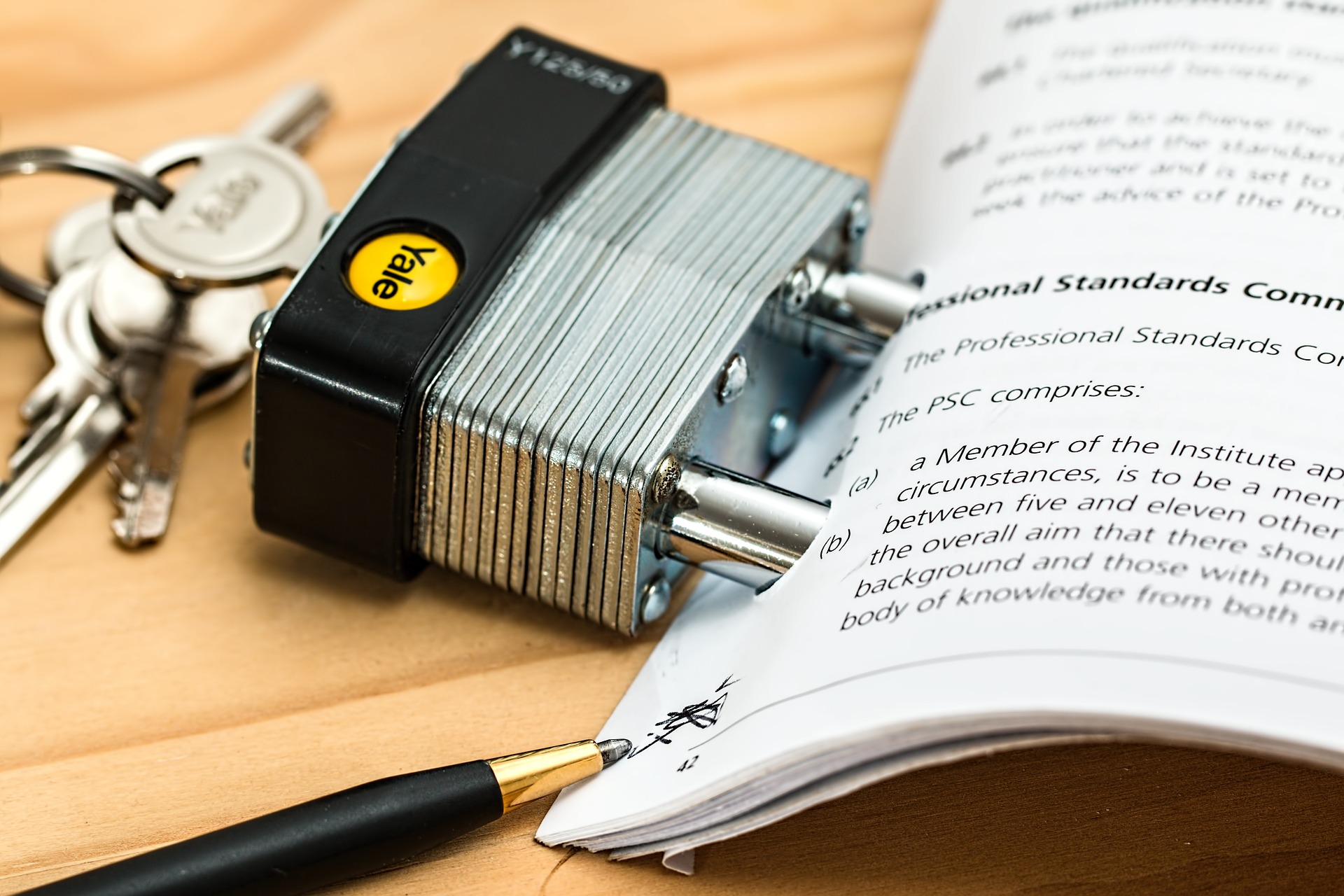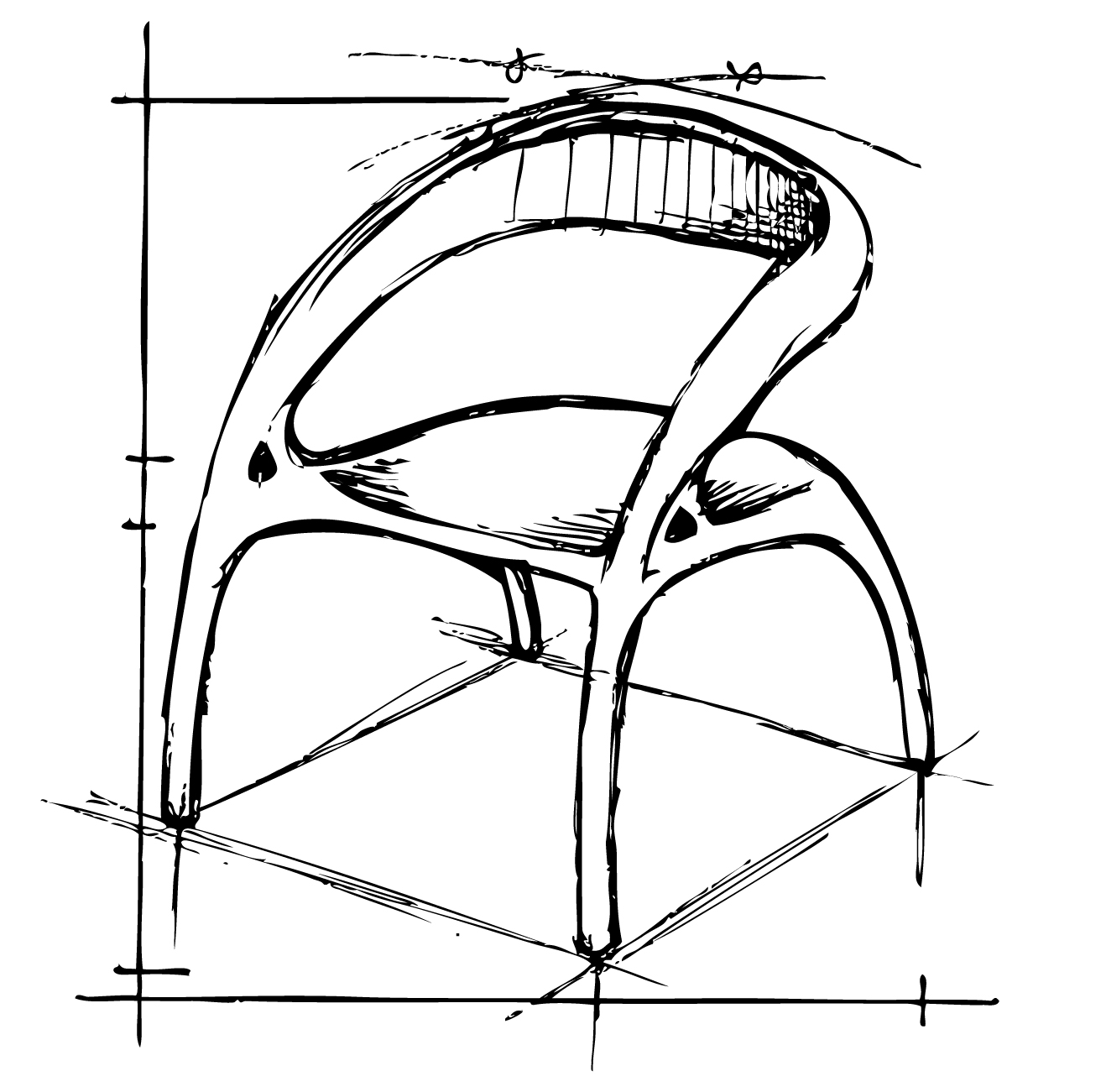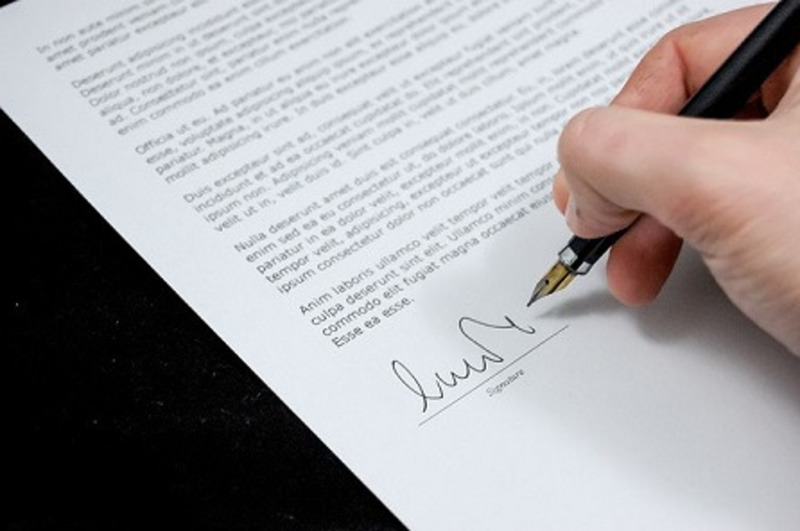
How the Trademark Modernization Act affects trademarks
Having your own trademarks is the best way to protect the identity of your business. But, for this protection to be effective, it is essential that the laws facilitate mechanisms for defending intellectual property. At the end of 2020, the United States government passed the Consolidated Appropriations Act, 2021, which, in addition to offering more than 900 billion dollars in stimuli, included the 2020 Trademark Modernization Act (TMA).
Changes to the TMA to protect trademark registration
This law, which will take effect in December 2021, encompasses a series of measures to facilitate and improve the precision with which the United States Patent and Trademark Office (USPTO) works by modifying certain procedural aspects. The changes affect the trademarks registration procedure and the way in which current legislation is applied in the face of potential infractions, especially when the registration comes from a foreign country. Here, SHIP summarizes the three most important modifications when applying for trademark registration with the USPTO:
Restores the presumption regarding irreparable harm
For years, American law has been debating whether, when we file a request for precautionary damages within a trademark violation procedure, it should be assumed that there was the possibility of irreparable damage to that trademark or whether this should be assessed on a case-by-case basis.
Since 2006, the legislation has opted for case-by-case measures. The TMA is intended to clarify and establish uniformity on the weight of proof required during an injunction in a trademark litigation, restoring the presumption of damage and, consequently, it will be easier for us to defend your portfolio of trademarks, since we will not have to prove damages to request the establishment of precautionary measures in the event of infringement.
New procedures for deletion and reexamination of records
Given the increase in the number of international applications received in the United States Trademark Office, the TMA incorporates new processes for canceling disused or fraudulent trademarks. Within the IP strategy, this will mean an important streamlining in terms of time and resources when acting against a fraudulent request for intellectual property in the United States. For this, they have created two mechanisms:
- Expungement procedure. Provides a new post-registration procedure for ex parte expungement of certain improperly granted registrations. Applications for registration originating from an application previously filed abroad do not need to incorporate evidence the trademark was used in the North American market to be registered. This new expungement procedure, that can be claimed between three and ten years after registration, is introduced to avoid the fraudulent registration of trademarks by foreign applicants who have never used them commercially.
- Reexamination procedure. The purpose of which is to combat applications with false statements of use. With this, it is intended that the exploitation of the trademark be allowed according to the uses for which it is intended, and that it therefore be covered by the correct international classes.
This procedure allows the review, and therefore the cancellation, of the registration of each product or service for which it cannot be demonstrated that the trademark was being used prior to the filing of the application. Reexamination requests have a term of up to 5 years after the date of registration.
Shortened Office Action Response Deadlines for trademarks claims
The TMA includes measures that will improve the speed of claims: an abbreviated procedure, whose maximum processing and response times are pre-established.
As a general rule, there is a six-month deadline to respond to notifications or administrative actions issued by USPTO examiners. Changes to the Trademark Act of 2020 now authorize examiners to set a much shorter response period, between two months and six months from the date an Office Action is issued.
All these measures are accompanied by a series of bureaucratic requirements such as forms, deadlines and fees, so it is more than advisable that you consult with the team of trademark experts at SHIP Global IP. In this way, if you are the owner of registered trademarks, you will have the assurance that you are taking all the correct steps to defend your assets.












